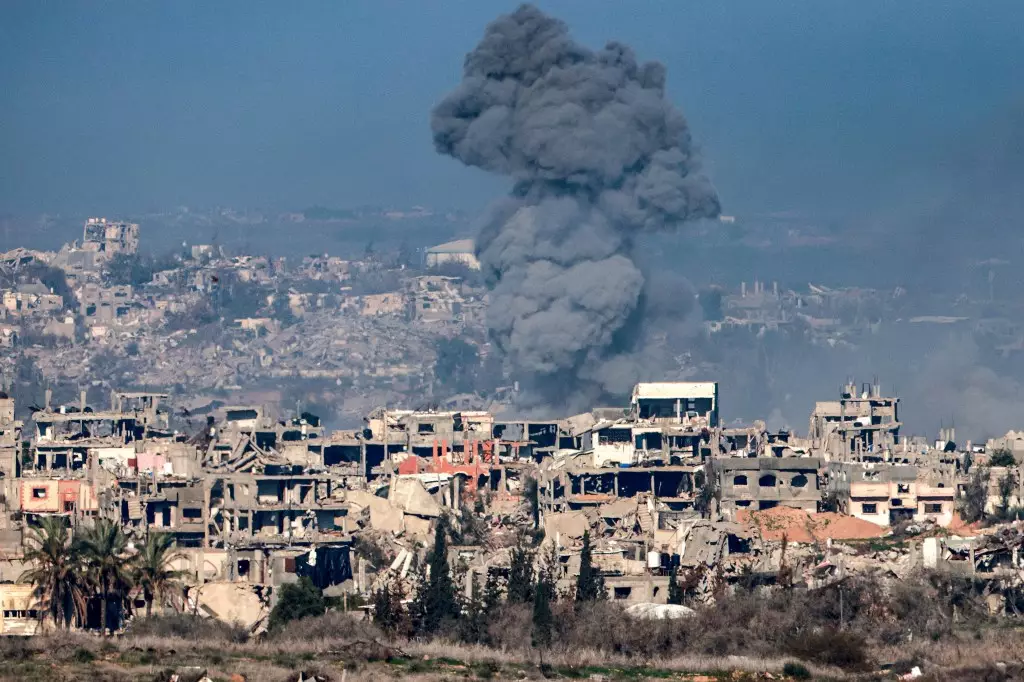In a region long tormented by conflict, the recent ceasefire in Gaza marked a beacon of hope, albeit a fragile one. It was initiated on Sunday morning after a delay that extended close to three hours beyond its planned start time of 6:30 AM GMT. This delay stemmed from Hamas not fulfilling an essential requirement: the release of a list containing the names of hostages to be freed. The group attributed this last-minute hiccup to “technical field reasons,” a vague explanation that left many questioning the stability of the arrangement. During this window of uncertainty, Israeli airstrikes continued relentlessly, claiming the lives of 19 more Palestinians according to reports from the Hamas-run civil defense agency.
The confirmation of the release of three hostages, Doron Steinbrecher, Emily Damari, and Romi Gonen, offered a glimmer of optimism to families affected by the ongoing crisis. Their names echoed through homes across both Gaza and Israel, as citizens clung to the possibility that peace might be achievable, even if just momentarily. This ceasefire arrangement, forged through the mediation of the United States and Qatar, aims not only to exchange hostages but also to radically alter the dire humanitarian crisis that has besieged the Gaza Strip since the outbreak of hostilities on October 7, 2023.
Since this onset of violence, the grim statistics have painted a stark picture: around 1,200 Israeli lives lost and an unfathomable toll exceeding 46,000 Palestinian deaths. The disparity between the figures heightens the emotional and political stakes surrounding any potential resolution to the conflict that has rent the region for decades.
For Israeli Prime Minister Benjamin Netanyahu, navigating the delicate political landscape surrounding the ceasefire has been perilous. While he agreed to the deal, it did not come without significant backlash. Resistance from right-wing factions within his own government has manifested in resignations from several key figures, including National Security Minister Itamar Ben Gvir. This internal dissent highlights the serious challenges Netanyahu faces in maintaining a cohesive government while endeavoring to address escalating tensions both domestically and internationally.
Amidst the chaos, the question remains whether the ceasefire can pave the way for broader diplomatic discussions or if it will simply serve as another temporary cessation in a conflict characterized by cycles of violence. The future of the Gazan and Israeli populations hangs in a precarious balance, dependent on the willingness of both sides to embrace diplomacy over discord if any lasting peace is to emerge.
The success or failure of this ceasefire will determine not only the immediate humanitarian conditions but also future peace negotiations. As families in Gaza emerge from the shadows of conflict to reclaim their homes, many will be watching closely, hopeful yet cautious, as to whether this momentary pause signifies a step towards reconciliation or merely another chapter in an enduring struggle. The international community, too, has a role to play, urging leaders on both sides to prioritize dialogue over violence, laying foundations for a future where ceasefires are not merely temporary but serve as stepping stones toward a lasting peace.

